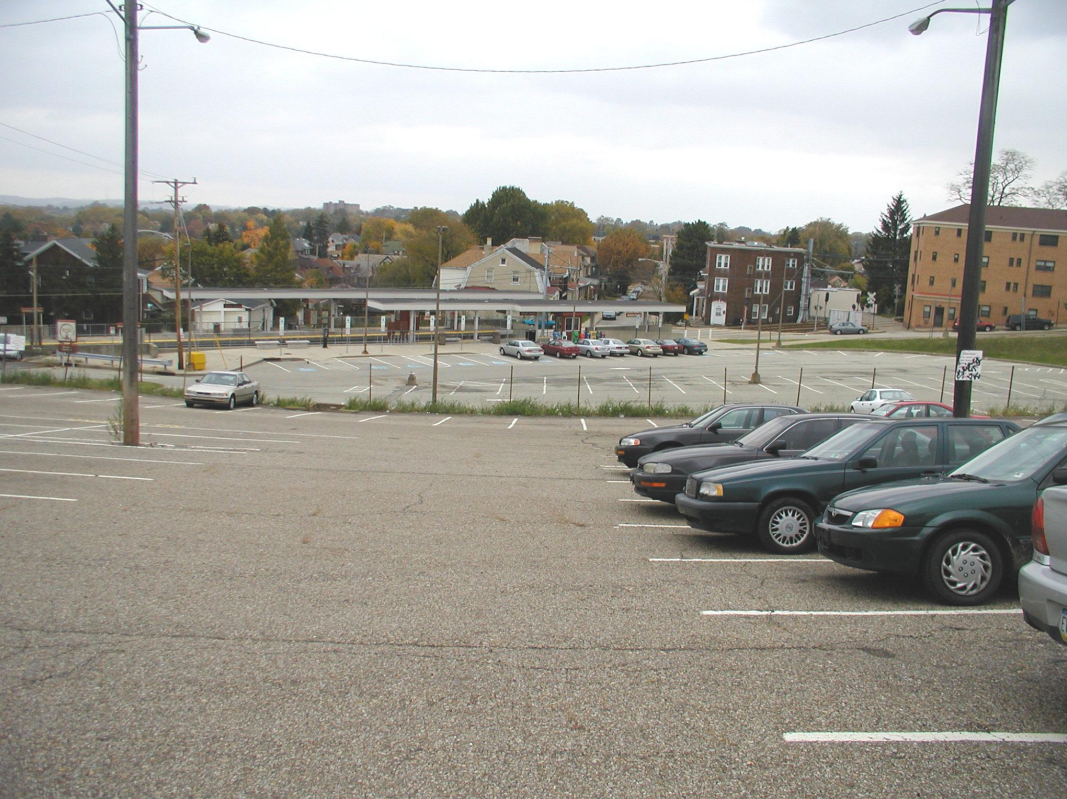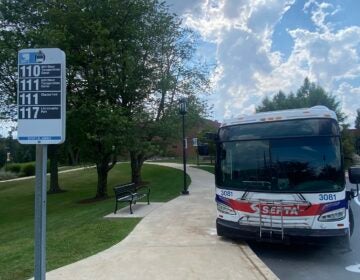Keystone Crossroads: Pileggi bill aims to clear the regulatory debris from the fast-track to transit oriented development


Under the existing law, TRIDs were supposed to be financed by property taxes, which most school districts were unwilling to do. The amendment would allow the TRID to fund itself using four other taxes: corporate net income tax, sales and use tax, personal income tax, and liquor, wine and beer tax.
A bill to overhaul Pennsylvania’s underutilized Transit Revitalization Investment District Act is currently working its way through Harrisburg, exciting proponents of transit oriented development who have been underwhelmed so far by the barely used economic development program.
Since the original bill’s passage in 2004, only one Transit Revitalization Investment District (TRID), located around a light rail station in the Pittsburgh suburb of Dormont, has made it from planning to implementation. Senate Majority Leader Dominic Pileggi, R-9, who authored the bill, hopes his amendment will inspire more communities to give the TRID a try.
A TRID basically redirects a portion of state taxes collected in the area around a transportation hub, capturing those revenues in order to fund infrastructure improvements, like new lighting, station improvements and streetscape upgrades. Those improvements would then spark development in the surrounding neighborhood.
At a public hearing last year, Sen. Pileggi pointed out Upper Darby’s 69th Street Station as an example of an area that could benefit from a TRID. “There have been efforts over the years to develop that area,” said Pileggi spokesman Erik Arneson.
Pileggi introduced a nearly identical version of the legislation that passed the Senate last year but it failed to make it out of the House before that legislative session ended. The current bill will have a little under two years to make it to Governor Wolf’s desk for his signature.
The bill cleared the Senate Appropriations committee on February 23rd, and it’s scheduled for a final Senate floor vote Monday, March 2nd. If the Senate adopts the bill as expected, it will be then sent to the House for consideration. Arneson expressed confidence that the bill would pass the House, saying that he didn’t expect “any shortage” of support there.
The original legislation provided funds for TRID planning, but municipalities and transit agencies had trouble moving from ideas on paper to shovels on the ground, says Richard Bickel, a Senior Advisor at Econosult Solutions Inc. who helped draft the 2004 legislation. There have been about 12 TRID studies across the state, including seven in the Delaware Valley.
“To me, the fatal flaw was over reliance on the property tax,” said Bickel, noting that they had hoped that the school districts – which are funded by property taxes – would look at the short term loss of property taxes as a long-term investment in generating economic activity. “But they didn’t look at it that way,” Bickel said. “They looked at it as just loss of revenue.”
Under the existing law, TRIDs were supposed to be financed by property taxes, which most school districts were unwilling to do. The amendment would allow the TRID to fund itself using four other taxes: corporate net income tax, sales and use tax, personal income tax, and liquor, wine and beer tax.
Also under the original law, the TRID could only capture excess tax revenue generated by any development within the district, i.e. the marginal amount of additional taxes from an increase in property values. The proposed amendment would allow the TRID to also capture 25 percent of the eligible taxes up to a maximum of $350,000 a year. The TRID will be able to pick, along with the appropriate local municipalities taxing authorities (like school districts), which tax streams to capture. As the excess tax revenues from new development grow, the TRID will be able to reduce its 25 percent take from the Commonwealth’s coffers.
Pileggi spokesman Arneson said he expects that the redirected tax revenue streams would be used to finance bonds, which would then pay for major capital improvement projects. The hope is to leverage a small tax expenditure by the Commonwealth into large and sustainable local investment.
The amendment caps the number of new TRIDs at two, meaning the program would cost the Commonwealth $700,000 at most.
The two TRID limit makes the amendment more of a pilot program than a permanent fix. Pileggi’s office said they hope success with the first two would inspire the Legislature to support expansion in the future. Given that the already conservative state legislature that only became more skeptical of government spending after last November’s election, such prudence may be necessary for the bill’s passage.
There are some concerns over the amendment among TRID proponents, who fear it doesn’t go far enough. At today’s meeting of the Delaware Valley Regional Planning Commission, commission staff members briefed the board on the bill, highlighting what they saw as the amendment’s disconcerting limitations.
DVRPC Executive Director Barry Seymour prefaced his comment: “Everyone [at the DVRPC] supports the idea of the TRID, and supports the idea of making the TRID … easier to use.”
But: “Personally, I’m not sure if these amendments make it easier.”
Some DVRPC board members expressed support, including SEPTA’s Director of Strategic Planning and Analysis, Byron Comati. “As a transit carrier, we obviously embrace the idea and would like a success story somewhere in Southeastern Pennsylvania,” said Comati.
Delaware County Council Member John McBlain also offered his support, noting that Marcus Hook “tried to get a TRID off the ground” but ultimately failed, in part because of the current hurdles to implementation. The closure of the Marcus Hook Sunoco refinery also hindered creation of a TRID around the SEPTA regional rail station there, McBlain noted.
Even if the bill passes quickly through the House and is signed without delay by Wolf, it will still be a while before anyone will be able to tell if it was enough to remove the hurdles impeding TRID implementation. The Department of Community and Economic Development will have until the end of 2016 to develop criteria for judging TRID proposals and more time after that before any district is approved.
PlanPhilly is now a project of WHYY/NewsWorks. It began in 2006 as an initiative of Penn Praxis inside the University of Pennsylvania School of Design. Though now part of WHYY, PlanPhilly still works closely with Penn Praxis in covering planning, zoning and development news.
WHYY is your source for fact-based, in-depth journalism and information. As a nonprofit organization, we rely on financial support from readers like you. Please give today.





